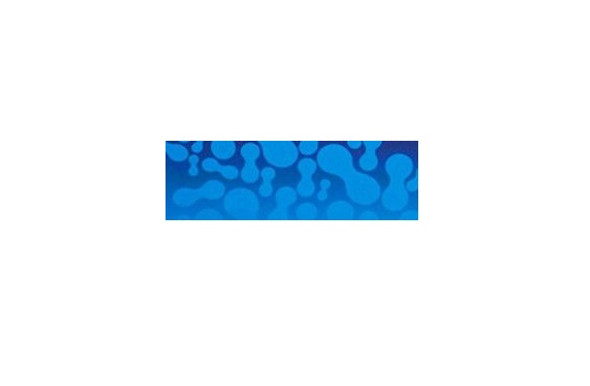Description
HBL-100 Cell Line | CL-0091 | Gentaur US, UK & Europe Disrtribition
Media: CM-0091
Organism: Homo sapiens, Human
Application: N/A
Background: The epithelial cell line HBL-100 has been derived by E.V. Gaffney and associates fromthe milk of a nursing mother and obtained 3 days after delivery. Although there was noevidence of a breast lesion in the milk donor, and the patient had no family history ofbreast cancer, the karyotype of the recovered cells was abnormal as early as passage 7.This line was able to synthesize a small amount of lactose and would respond toprolactin or estrogen by producing increased amounts of casein. Electron micrographsrevealed microvilli, tonofibrils and desmosomes.
Age: 27 years
Tissue: Breast
Morphology: Epithelial
Growth Properties: Adherent
Doubling Time: N/A
Biosafty: 2
Medium: RPMI-1640(PM150110)+10% FBS+1% P/S(PB180120)
Subculturing: Remove and discard culture medium. Briefly rinse the cell layer with DPBS solution to remove all traces of serum that contains trypsin inhibitor. Add 1.0 to 2.0 mL of Trypsin-EDTA solution to flask and observe cells under an inverted microscope until cell layer is dispersed (usually within 2 to 3 minutes). Cells that are difficult to detach may be placed at 37°C to facilitate dispersal. Add 4.0 to 6.0 mL of complete growth medium and aspirate cells by gently pipetting. Add appropriate aliquots of the cell suspension to new culture vessels.
Ratio: 1:2 to 1:4
Renewal: Every 2 to 3 days
Cryopreservation: Freeze medium: 60% Basal medium+30% FBS+10% DMSO Storage temperature: Liquid nitrogen vapor phase
Culture Conditions: Atmosphere: Air, 95%; CO2, 5% Temperature: 37℃
Effects: Yes, in nude mice. At passage levels below 35 the line is not tumorigenic in nude mice, but forms colonies in soft agar. Tumorigenicity has been reported to increase above passage 35.
Duration: N/A
Lead Time: 3-5 days






